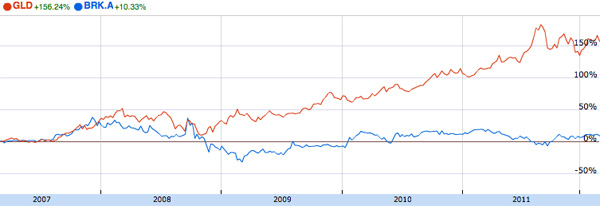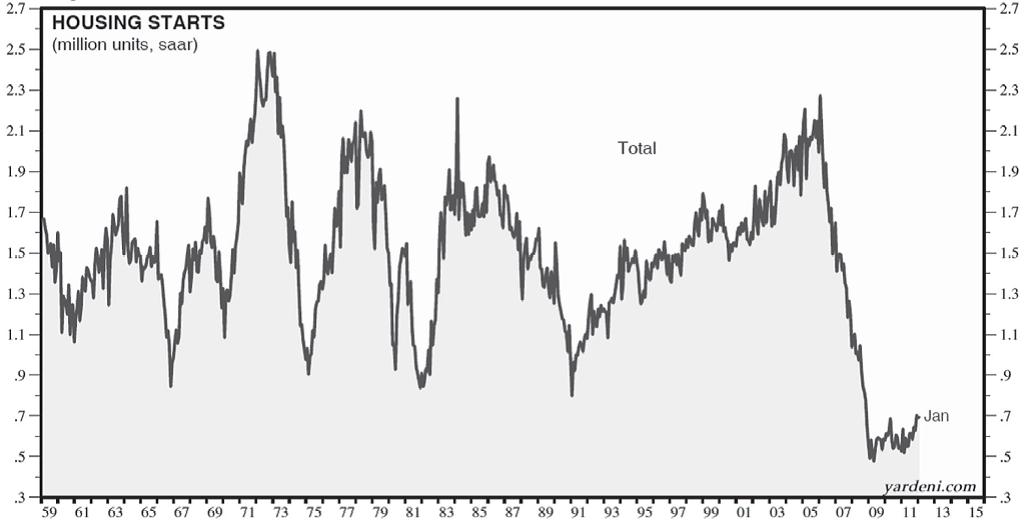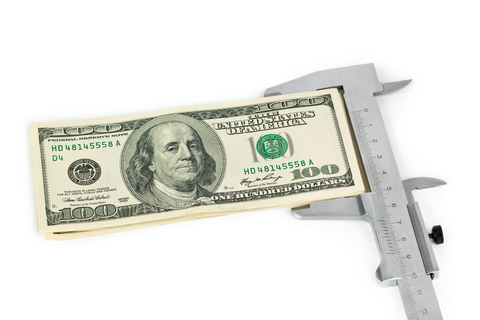They called Baruch “the Lone Eagle.” Men turned to whisper as he passed, runs a highly colored account of Baruch at the end of the century, “tall, aquiline, smiling, but uncommunicative among the excited stock dealers.” He was alone. He was always alone. He was deaf to tips, indifferent to advice or information. –Mr. Baruch by Margaret L. Coit
You can learn occasionally from viewing the libraries of money management firms, but never cease to do your own thinking and beware of marketing.
Epoch Investment Partners (“EIPNY”): http://www.eipny.com/index.php/epoch_insights/white_papers
Free cash flow investing:http://www.eipny.com/assets/pdfs/free-cash-flow-investing-04-18-11.pdf
For example, an excerpt from the above white paper, “What sets us apart from the rest of the investing world is our focus on the generation of free cash flow and the allocation of capital. While most traditional value and growth managers use accounting measures like earnings or book value to underpin their process, we believe that the true value proposition of a company lies within its sources and uses of free cash flow. In this way, we approach the investment problem in much the same way as the managers of the very firms in which we invest. It is akin to a capital budgeting decision.”
Epoch wants to walk a dollar of revenue through the financial statements until the generation of a dollar of income to the investor. Good advice for how to analyze certain companies. That method of analysis might not fit a resource conversion investment like an oil exploration company.
Readers of CSinvesting know everything in investing occurs in context. A business growing rapidly and investing heavily in its infrastructure and growth would not show much free cash flow, however capital redeployment would be crucial for success. Wal-Mart in its early growth stages as it built its economy of scale advantage might be such an example.
But for more mature companies like Coke, JNJ, MSFT, etc., those companies will invest in growth but often have more cash than can be redeployed into their business, so following their uses of cash would give you an understanding of management’s capital allocation abilities and/or shareholder friendliness.
If you then look at EIPNY’s filings (13F-HR), you can see whether the companies in their portfolio like Coke, Pepsi, Ingersol-Rand, Praxair, Lab Corp of America, Comcast, Abbott Labs, Amex, Anh-Busch, Aetna, Texas Instruments, and Kimberly Clark match well with their philosophy. If you agree with their approach, then there may be ideas available for you to look at. Just remember that they are constrained by diversification and size with $18 billion under management.
Another fund with an accounting orientation is Mr. Robert Olstein’s fund: http://www.olsteinfunds.com/home.html. See his white papers like Depreciation: http://webreprints.djreprints.com/2664880057465.pdf
Third Avenue Value Fund is more focused on Net Asset Values and high quality assets than just free cash flows. Marty Whitman recently brought on a new co-manager. http://www.thirdave.com/ta/documents/reports/TAF%201Q%20Report%20and%20Letters.pdf
Davis Funds has an education center for investors here: http://davisfunds.com/education/ The Davis funds like Bill Miller’s and Richard Pzena’s firms took a pounding during their ownership of some financial stocks like AIG during 2009. What you don’t understand and can’t value, you should avoid.
An entrepreneur, Sara Blakely, turned $5,000 into $billion. Perhaps she was able to redeploy capital at a high rate for a long time—the power of compounding? Are there lessons here for the investor?
Short Video on Sara Blakely’s Success in Women’s Undergarments http://youtu.be/7a6wGw_9lk8
Forbes Article: http://www.forbes.com/sites/clareoconnor/2012/03/07/undercover-billionaire-sara-blakely-joins-the-rich-list-thanks-to-spanx/print/
MF Global
For those who have money in a brokerage account, an important read–how funds were vaporized in MF Glboal. Will your account be next?
http://www.go2managedfutures.com/Vaporized.pdf
Imagine for a moment that MF Global was your bank. One day you woke up and discovered that the account holding your college savings was gone. Poof! The money in your retirement accounts and related checking accounts had just been “vaporized.” You go to ask the bank where you money is and you are locked out of the bank while strangers who are not depositors are allowed to enter and take assets from the bank, including the contents of the “safe” deposit boxes. You finally hear from the bank and the authorities, who essentially say that while they can see all the transactions of the bank over the last month, for some reason, there is just no longer any trace of the money, and no explanation of what happened. The funds just “vaporized.” And after a few weeks of minimal information dribbles, you hear the search has gone cold. You are told the money disappeared in a chaotic tsunami of transactions and there is no evidence of any criminal actions. But, if money happens to get found, you might get some of it. Oh, and the contents of your safe deposit box are going to be auctioned off, with only a portion of the funds returned to you (this was the fate of the unlucky souls who held gold and silver bars on deposit in their own name with MF Global). That’s all…talk to you later. Good bye and good luck.














